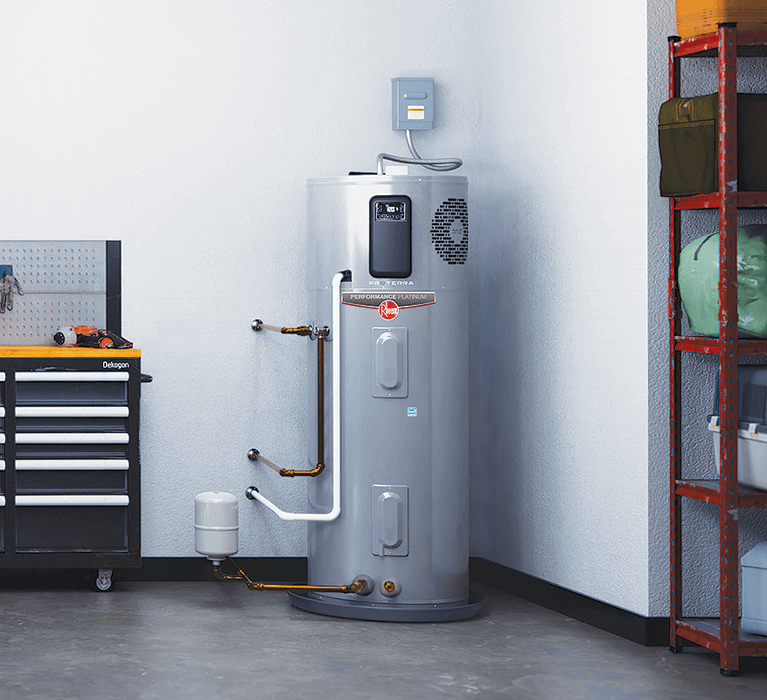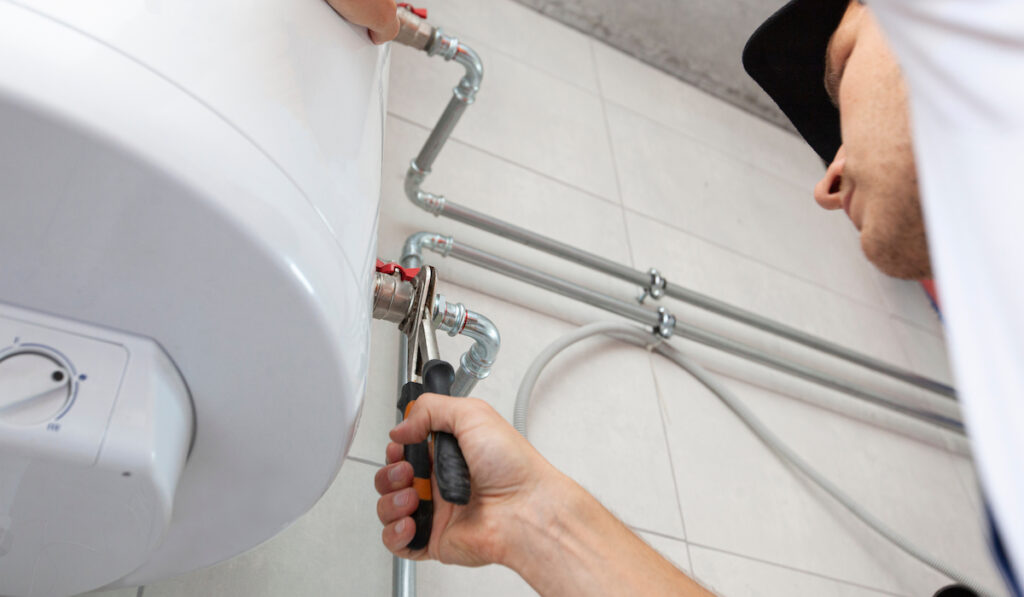Steps on How to Care for Your Home's Hot Water System EffectivelyExpert Guidance on Caring for Your Home's Hot Water System
Steps on How to Care for Your Home's Hot Water System EffectivelyExpert Guidance on Caring for Your Home's Hot Water System
Blog Article
Any individual may have their own perception on the subject of What Kind of Maintenance Do Water Heaters Need?.

Hot water is crucial for day-to-day comfort, whether it's for a revitalizing shower or washing recipes. To ensure your hot water system runs effectively and lasts longer, normal maintenance is vital. This article supplies useful ideas and insights on just how to maintain your home's warm water system to prevent disturbances and expensive repairs.
Intro
Maintaining your home's hot water system may appear complicated, but with a couple of simple actions, you can guarantee it operates efficiently for years ahead. This guide covers everything from comprehending your warm water system to do it yourself upkeep suggestions and recognizing when to hire specialist help.
Value of Maintaining Your Warm Water System
Regular maintenance not just extends the lifespan of your hot water system yet also guarantees it operates effectively. Ignoring maintenance can result in lowered performance, greater energy expenses, and also premature failure of the system.
Indicators Your Warm Water System Demands Upkeep
Recognizing when your warm water system requires focus can protect against significant concerns. Keep an eye out for indications such as inconsistent water temperature, strange sounds from the heating system, or rustic water.
Recognizing Your Warm Water System
Prior to diving right into upkeep jobs, it's handy to comprehend the basic parts of your warm water system. Usually, this consists of the water heater itself, pipes, anode rods, and temperature controls.
Monthly Upkeep Tasks
Routine regular monthly checks can aid capture minor concerns before they intensify.
Flushing the Hot Water Heater
Purging your hot water heater eliminates sediment buildup, improving performance and lengthening its life.
Checking and Replacing Anode Rods
Anode poles protect against deterioration inside the tank. Checking and replacing them when broken is crucial.
Evaluating and Changing Temperature Settings
Readjusting the temperature level settings ensures optimum performance and safety.
Do It Yourself Tips for Upkeep
You can carry out numerous upkeep tasks yourself to maintain your hot water system in leading problem.
Checking for Leaks
Regularly check pipes and links for leakages, as these can result in water damage and greater bills.
Checking Pressure Relief Valves
Checking the pressure relief valve guarantees it functions appropriately and stops too much stress buildup.
Shielding Pipes
Insulating hot water pipelines decreases warmth loss and can conserve energy.
When to Call an Expert
While DIY maintenance is useful, some issues require specialist know-how.
Complex Concerns Needing Professional Aid
Examples include significant leaks, electrical troubles, or if your hot water heater is regularly underperforming.
Regular Specialist Maintenance Conveniences
Professional upkeep can include extensive inspections, tune-ups, and making sure conformity with security criteria.
Conclusion
Routine upkeep of your home's hot water system is vital for performance, longevity, and expense financial savings. By adhering to these suggestions and recognizing when to seek expert assistance, you can make certain a reputable supply of warm water without unanticipated disruptions.
How to Maintain an Instant Hot Water Heater
Before tinkering with your hot water heater, make sure that it’s not powered on. You also have to turn off the main circuit breaker and shut off the main gas line to prevent accidents. Also turn off the water valves connected to your unit to prevent water from flowing into and out of the appliance. 2. When you’re done, you have to detach the purge valves’ caps. These look like the letter “T” and are situated on either side of the water valves. Doing so will release any pressure that has accumulated inside the valves while at the same time avoid hot water from shooting out and burning your skin. 3. When the purge valves’ caps are removed, you have to connect your hosing lines to the valves. Your unit should have come with three hoses but if it didn’t, you can purchase these things from any hardware or home repair shops. You can also get them from retail stores that sell water heating systems. Read the user’s manual and follow it to complete this task properly. When the hosing lines are connected, open the purge port’s valves. 4. You should never use harsh chemical cleaners or solutions when cleaning your unit. Make use of white vinegar instead. It should be undiluted and you’ll probably use about 2 gallons. 5. Now flush your water heater. This task should probably take about 40 minutes. We can’t give you specific directions for this because the procedure is carried out depending on the type, model and brand of your heater. With that being said, refer to the user’s manual. 6. When you’re done draining the unit, you have to turn off the purge port valves again. Remove the hosing lines that you earlier installed on each of the water valves. Put the valve caps (purge port) back in their respective places and be very careful so as not to damage the rubber discs that are found inside these caps. 7. Now that everything’s back in place, check your user’s manual again to find out how to reactivate your water heating system. 8. Once it is working, turn one of your hot water faucets on just to let air pass through the heater’s water supply pipes. Leave the tap on until water flows smoothly out of it. https://www.orrplumbing.com/blog/2014/september/how-to-maintain-an-instant-hot-water-heater/

I'm certainly very intrigued by What Kind of Maintenance Do Water Heaters Need? and I really hope you appreciated the blog entry. Sharing is good. Helping people is fun. I appreciate reading our article about Water Heater Maintenance Tips You Can't Afford to Forget.
Schedule Services Report this page